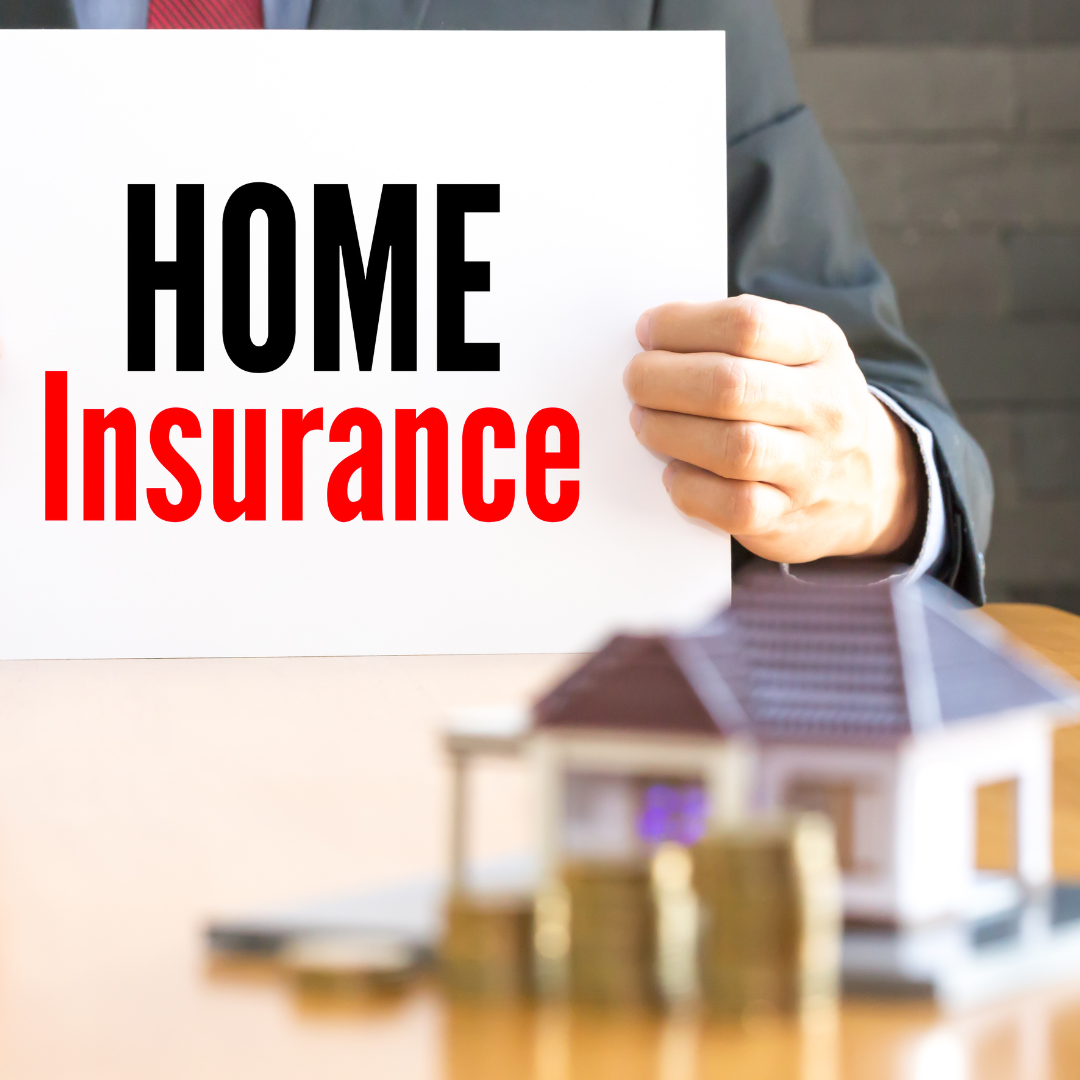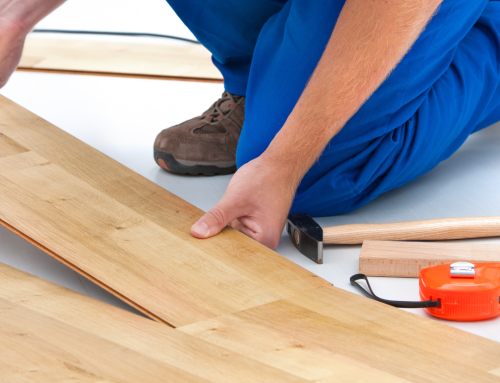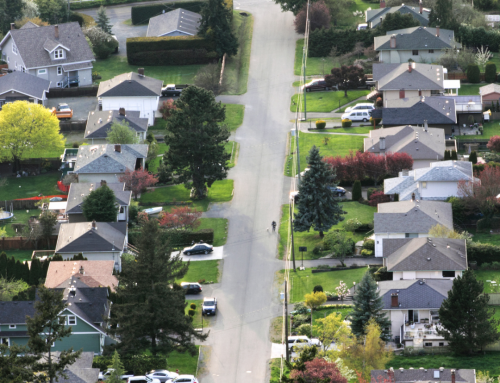Home insurance is something that can be very confusing and difficult to choose, but it’s also something that should be taken seriously. When researching the best home insurance companies, it’s essential to have some sources to support your decision.
What is Home Insurance?
Home insurance is a crucial form of property insurance that specifically covers a private residence. It’s essential for homeowners as it offers protection in various scenarios, including damage caused by natural disasters, theft, fire, and other covered risks. Furthermore, certain policies may offer coverage for disaster remediation service, assisting with cleanup and restoration efforts following a catastrophic event.
Besides, these basic coverages, some home insurance policies may also include provisions for additional living expenses if the home becomes uninhabitable due to a covered event. This can help cover the costs of temporary accommodation and other necessary expenses.
How to Choose a Home Insurance Plan?
When you’re shopping for home insurance, there are a few key things to remember. First, figure out how much your home is worth so you can get the right amount of coverage. Second, choose a deductible that fits your budget. A higher deductible might mean lower monthly payments, but you’ll pay more if something happens. Lastly, don’t just pick the first plan you see. Compare rates from different companies to find the best one for you. Price matters, but so does the coverage you get. Once you have good insurance, you can feel at ease knowing that if anything happens to your home, companies like Protegrity Restoration can help with any restoration projects, and you will likely be covered by your policy.
What is the Difference Between Term and Permanent?
The home insurance market can be confusing from term to permanent. Here is a breakdown of the significant differences between the two types of coverage.
- Term Insurance: Term insurance is typically shorter-term coverage that pays out when your house is destroyed or burned by a covered event. The policy usually lasts 3, 6, or 12 months. Once your term expires, you are no longer protected and must purchase another term policy if you want continued protection.
- Permanent Insurance: Permanent insurance is typically longer-term coverage that pays out when your house is destroyed or burned by a covered event. The policy usually lasts 10, 20, or 30 years. After the policy expires, you are always protected and do not need to purchase another policy.
The Rates of Home Insurance Plans
When shopping for home insurance, knowing where to start can take a lot of work. There are so many different plans and options, and it can feel like a maze to figure out which is right for you. But don’t worry! We’re here to help. In this article, we’ll take you through everything you need about home insurance rates, including finding the best plan for your needs and saving money on your policy.
The first thing you need to do is decide what type of home insurance coverage you need. Generally, there are three types of coverage: liability, property, and liability property.
Liability coverage pays for damages you or someone else causes when breaking the law at home. Property coverage protects your belongings from damage or theft while they’re inside your home. And liability-property covers damages that happen on your property as well as damage done by people who are visiting or renting from you.
Furthermore, there exists something called dwelling coverage, which protects the physical structure of your home, including the roof, walls, floors, and built-in appliances, from covered perils like fire, windstorm, vandalism, and more. For example, if you’re looking for Charlotte North Carolina roof replacement service providers, or others near you in case of storm damage, then having adequate dwelling coverage can help alleviate the financial burden of repairing or replacing your roof.
Once you have a good idea of what type of coverage you need, it’s time to look at the different types of plans out there. Several factors go into choosing a home insurance plan, including price, location, deductible amount (the amount you pay out of pocket before the insurer starts covering claims), coverages offered, and premiums (the monthly fee charged).
How to Get Started on Finding a Home Insurance Plan?
When you are ready to purchase home insurance, there are a few things to remember. The first is that the type of policy you purchase will depend on your specific needs and preferences.
Here are three types of home insurance policies:
- Uninsured/underinsured coverage: This policy protects people with property or possessions worth less than their liability insurance. If someone causes damage to your home while you’re not there, this policy will help pay for the repair or replacement costs.
- Standard homeowners’ coverage: This policy covers the most common types of claims, such as damage done by wind, fire, and water.
- Enhanced homeowners’ coverage: This type of policy includes a more extensive range than standard ones and may cost a little more. It provides coverage for earthquakes, flood damage, and theft.
Some Common Mistakes That May Cause Problems
There are a few common mistakes that can cause problems with home insurance. Enough coverage can lead to a claim being paid out by the insurer while neglecting to update your policy can result in a higher premium. Here are some of the most common offenders:
- Not having enough coverage: One of the biggest mistakes people make with home insurance is not having enough coverage. This could mean having basic coverage or none at all. If you’re unsure about what coverage is right for you, it’s a good idea to talk to an insurance advisor. On the other hand, if you didn’t get the compensation you were entitled to even though your coverage was according to the policy, you might want to reach out to Public Adjusters for assistance and getting the funds promised in the policy.
- Forgetting to update your policy: Another common mistake is forgetting to update your policy. By doing this, you may end up with a policy that’s not as comprehensive as it should be and could lead to higher premiums. If you’re unsure whether or not your policy needs updating, speak to an insurance advisor or insurer.
- Picking the wrong type of home insurance: Another common mistake is choosing the wrong type of home insurance. This could mean opting for liability insurance instead of property damage, for example. If you’re unsure which type of home insurance is right for you, speak to an advisor or insurer.
Like most homeowners, you likely have a few questions about home insurance. In this article, we will answer some of the most common questions about home insurance and provide tips on improving your chances of getting coverage for your home. Whether you are new to owning a residence or have been insured for years, our guide will provide you with everything you need to know to get started. So be sure to bookmark this page and come back often as we update it with the latest information on home insurance.






Leave A Comment